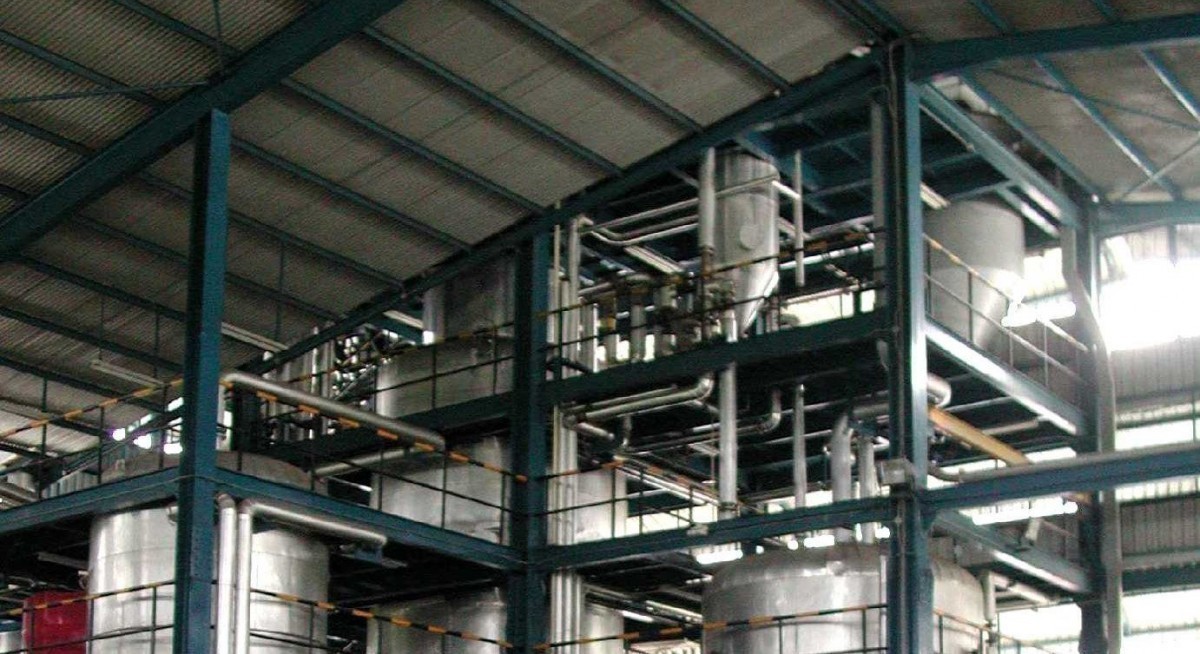They write in their July 31 report: “This is in line with our expectations, as 1HFY2025 typically forms 35% to 40% of its full-year performance.”
Excluding a RM6 million foreign exchange (forex) loss due to the weakened US dollar, 1HFY2025 core patmi more than doubled y-o-y to RM20 million, beating Cheong and Mo’s forecast by 9%.
This, they note, was driven by a sharp y-o-y gross margin expansion of 12.8 percentage points (ppts), supported by contributions from Oiltek’s edible and non-edible oil refinery segment as well as cost savings on select projects.
With this, the company declared an interim dividend per share (DPS) of 0.5 cents for the period, 67% higher y-o-y than the 1HFY2024’s 0.3 cents. This translates to a payout ratio of around 25%.
See also: Broker's Digest: KIT, Sanli Environmental, SG REIT, CSE Global, HKL, Wee Hur, Sembcorp Industries
As at July 30, the company has an orderbook of RM332.5 million, which is expected to be fulfilled in the next 18 to 24 months.
“This reflects strong earnings visibility, while its outlook continues to be positive for the edible and non-edible oil refinery segment,” write Cheong and Mo.
Overall, Oiltek expects long-term growth in its edible and non-edible oil refinery segment, supported by rising global consumption of oils and fats in line with population growth and urbanisation.
See also: UOB Kay Hian initiates ‘buy’ call on Soon Hock Enterprise with target price of 68 cents
The UOBKH analysts write: “With the global fats and oils market projected to grow from US$241 billion ($312.7 billion) in 2024 to US$336 billion in 2033, Oiltek is well-positioned to benefit as a specialist engineering solutions provider across various vegetable oils.”
They add that the company “stands to gain” from the global push for biodiesel and sustainable fuels, with Indonesia and Malaysia expanding their biodiesel mandates.
The pair continues: “It is also well-positioned to capture downstream opportunities due to its capabilities in processing palm oil mill effluent (POME) and other vegetable oil-based materials for hydrogenated vegetable oil (HVO) and sustainable aviation fuel (SAF), which are sectors expected to attract significant investment.”
Additionally, Cheong and Mo highlight that Oiltek could be involved in the sustainable aviation fuel (SAF) pilot programme in Sarawak, Malaysia, which would provide a “potential upside”.
With this, they have raised their respective FY2026 and FY2027 earnings by 6% and 4% to RM44.6 million and RM46.3 million, after factoring in higher gross margins of around one ppts from the edible and non-edible refinery segment. Their revenue projections remain unchanged.
“We believe improving trading liquidity and broader investor access from the proposed dual listing could support a re-rating,” write Cheong and Mo.
Share price catalysts noted by them include higher-than-expected order wins and better-than-expected gross margins from better economies of scale.
For more stories about where money flows, click here for Capital Section
Like the UOBKH analysts, Nicholas Yon of Lim and Tan Securities has also kept his “buy” call on the stock at a raised target price of 94 cents from 50 cents previously.
He notes that while revenue in the 1HFY2025 was flat, Oiltek’s earnings are “historically back-loaded”, which would “pave the way” for higher profitability in the second half should margins be maintained.
Yon notes that although the stock’s share price has seen an impressive run-up since his coverage began, he believes there is “still room for growth”, with several catalysts in place.
These include further contract wins, a secondary listing in Malaysia, higher dividends, higher profits and margins in the full-year.
He adds: “Oiltek’s recent transfer to the SGX Mainboard positions it to attract broader investor interest and institutional funds, especially amid the Monetary Authority of Singapore’s (MAS) equity market development programme (EQDP) initiative aimed at enhancing trading liquidity and boosting valuations across the Singapore market.”
Taking into account the mentioned catalysts and Oiltek’s 32.2% gross margins in the 1HFY2025, Yon has conservatively adjusted his margins upwards in the FY2025 and FY2026 to 25% and 26% respectively.
His target price is based on a 29 times FY2026 price-to-earnings ratio (P/E), justified by the company’s high expected return on equity (ROE) of 34% for a “business with a moat in the right space and time”.
Yon writes: “With Oiltek’s strong capabilities and ongoing orderbook winning momentum, bolstered by global trends in environmental sustainability, we believe Oiltek can continue to secure sizable contracts in FY2025.”
He adds that Oiltek continues to boast zero debt and has a net cash of RM111.7 million, representing 9% and 124.6% of its market cap and assets, respectively.
“As an asset-light company with minimal capital expenditure (capex) requirements, Oiltek’s strength lies in its proprietary technology, know-how, and its brand name in the industry,” writes Yon.
He also notes that while Oiltek has generated RM17.3 million in operating cash flow in the 1HFY2025, this is “not unexpected”, due to “prompt customer collections” which will continue to build up its cash position over time.
On Oiltek’s position of tapping the SAF industry, Yon writes: “With the aviation industry’s commitment to net zero carbon dioxide emissions by 2050 and Southeast Asia poised to become a global hub for SAF, we believe Oiltek is in a prime position to capture this tremendous opportunity.”
Risks noted by him include the company’s continued ramping of its share price and liquidity of shares, as well as forex risks.
As at 2.05pm, shares in Oiltek are trading 8.5 cents higher or 9.61% up at 97 cents.




